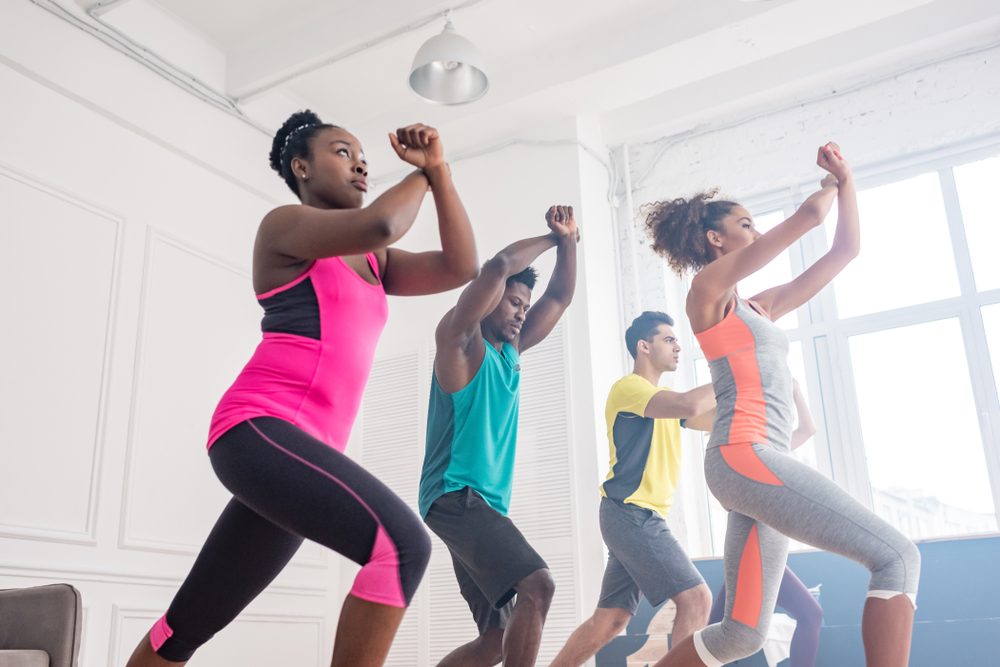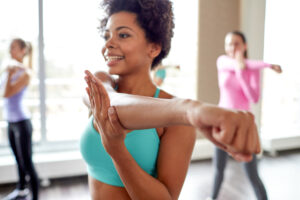Why ParticipACTION Employee Alison Carruthers tried a so-called “fitness fad”
Two babies in two years during a global pandemic zapped my fitness motivation. I was tired, overwhelmed and struggling with post-partum depression. Despite many mornings of walking with the stroller, I was ready to do more but too tired to guide myself through a well-rounded workout.
As a ParticipACTION employee, I knew full well what the research says: to boost my mood and energy, I had to start moving consistently again. After hearing rave reviews from family and friends, my partner and I decided to try Peloton. There’s a wide range of class options, some as short as five minutes, with fun trainers and booming music. I’ve found that when I tune in, I’m immersed and feel far away from the distractions of daily life.
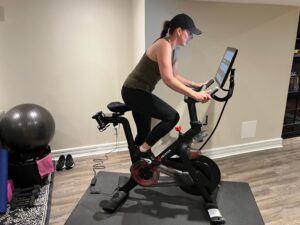
What is a fitness fad?
There are nay-sayers who would call Peloton a fitness fad. But what is a fad? And why do fads get a bad rap? By definition, a “fitness fad” is a type of physical activity that is very popular for a short period of time (think ThighMaster). Who defines the period of time or which activities should qualify? And frankly, why do we care?
Whether it’s Peloton, Zumba, pickleball, Bowflex, Midnight Runners or CrossFit, to name a few, community is being formed, joy is being had and physical activity is being logged. It’s time to recognize these so-called fads for their role in helping someone move more today than they did yesterday. I have found motivation, community, consistency and staying power in my chosen fad, and you might, too.
4 ways that fitness fads may unlock a more active day for you:
1. Flexible class times and locations
Half the battle of finding a lasting physical activity or sport routine is finding a time slot that works for you and your schedule. Maybe it’s before sunrise or at midnight, for that matter. Many new-age activities are offered digitally and on-demand, making for an accessible experience. In the U.S., the fast-growing sport of pickleball is even taking over big-box store locations to cater to the hoards who want to move and play close to home.
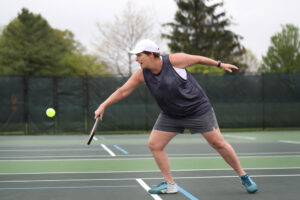
2. Keep it fresh
Let’s face it, routines can get stale. The creative class offerings across some of the top brands are well-oiled machines to keep you engaged. Have young kids in tow? There are Peloton Family Classes. Bored of your same old playlist? Peloton Artist Series workouts let you move to your favourite singers and bands. The Midnight Runners offer special edition meet-ups around calendar events such as St. Patrick’s Day. Orange Theory lets you compete with your friends in a gamified, in-person experience.
3. Foster a growth mindset
Think CrossFit isn’t for you because you’re over 60? Think again! During the pandemic, CrossFit released an “At Home” video series with seniors in mind. The 2022 CrossFit Games featured mother of two and 72-year old, Joke Dikhoff. Don’t count yourself out!
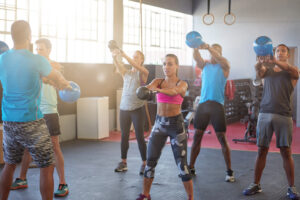
4. Find what you love
One of the ways to increase the chances that you’ll stick to a new active routine is maximizing your enjoyment. Trying a wide range of activities increases the chances that you’ll find your fit. So, go ahead, Zumba your way to a sweatier day!
The truth is, we are human. Humans are, by nature, ever changing and evolving. It’s unlikely that you eat the same way you always have, or that you’re wearing what you wore in your teen years. Why should getting active be any different? Variety is the spice of life, and it’s time to find your new flavour and have some fun doing it!
Important considerations:
As with all physical activity and sport, it’s important to acknowledge the areas of improvement for fitness fads. In particular:
- Accessibility: Across the board, accessibility is still an issue when it comes to physical activity and sport. While we’re increasingly seeing modifications and adaptations represented in popular fitness content, more work is needed. From a financial standpoint, many fitness fads are costly and can’t be enjoyed by all.
- Safety: When trying something new, it’s a good idea to speak with your doctor first. It’s also important that you check out the credibility of trainers, facilities and equipment. In Canada, for example, there are no standards for fitness professionals, and anyone can legally call themselves a “fitness professional”. Look for a provincial, national or international accreditation. A few notable certifying bodies are the Canadian Fitness Professionals, the Certified Professional Trainers Network, the Canadian Society for Exercise Physiology, the American Council on Exercise and the National Academy of Sport Medicine.


